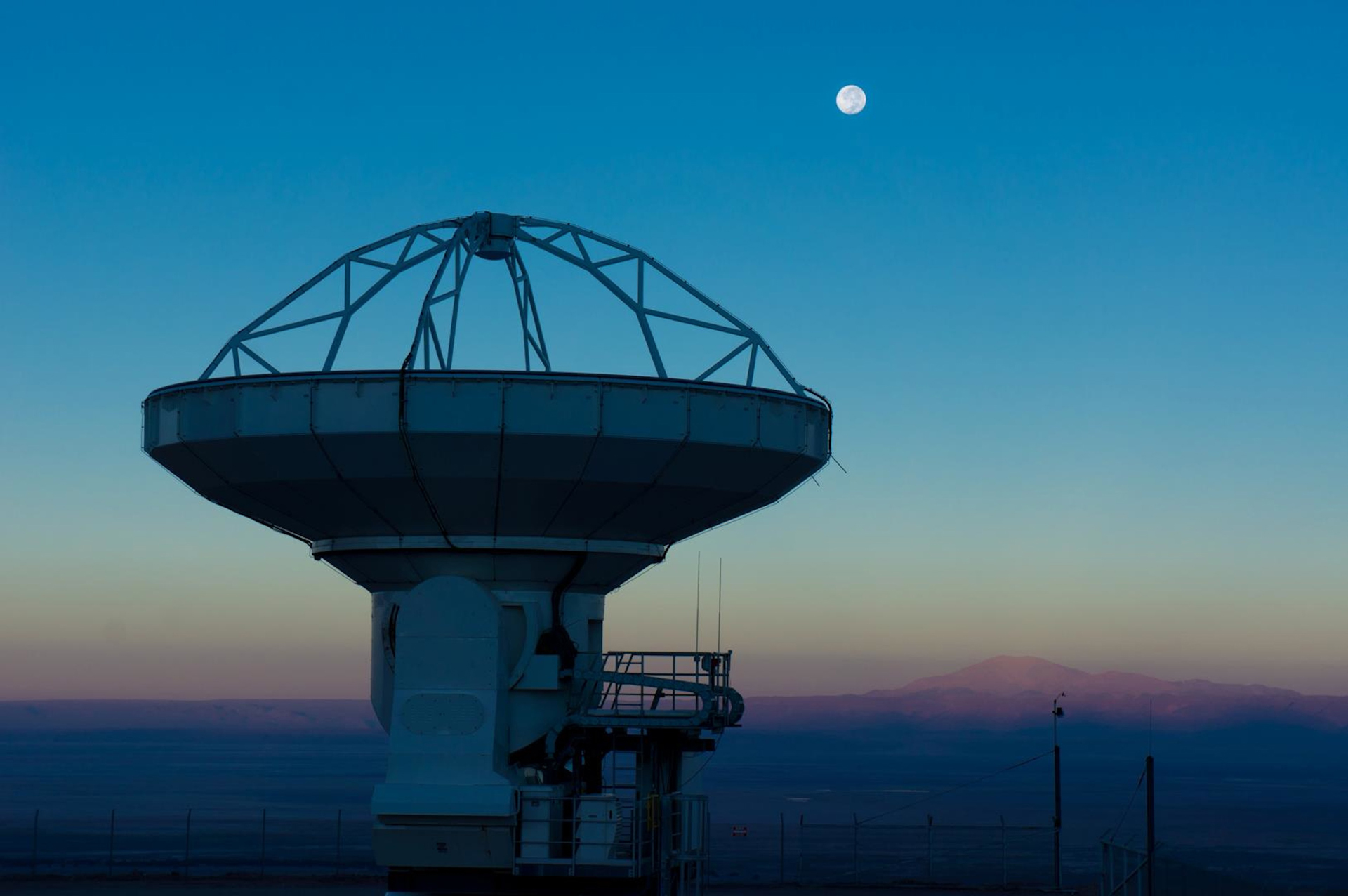Variability of the Moon’s Apparent Motion Through the Sky

Question:
I recently took two photographs of the Moon close to Jupiter and Saturn in order to assess the Moon’s own movement. The first photograph was taken at 9:20 pm (07/05/2020) and the second photograph was taken at 6:20 am (06/07/2020). A time interval of 9 hours. I expected to measure an angular displacement close to 4.5 degrees to the east (since in 24 hours the Moon moves 13 degrees to the east) but the result found was 3.4 degrees. This is the same result that I find when I take the coordinates of RA and DEC of the Moon for both moments and apply the formula for the angular separation between objects in the celestial sphere. I find the same value of 3.4 degrees when I simulate the situation in the Stellarium program too. The overlapping of my photographs with the Stellarium screens also corroborates my result. When I simulate for an interval of 24 hours I get something close to 13 degrees (which was expected). For some other dates, when I simulate or calculate the displacement, I find values closer to the expected (something like 0.5 degrees per hour).What is the reason for this difference of one degree in my experiment? I think this difference is very big. Isn’t the Moon’s movement around the Earth practically uniform? I do not believe that it is due to distortion or orientation of images because as I said, they agree perfectly with the images of the Stellarium. Thank you.
Answer:
You are correct in that the average motion of the Moon in the sky is 13.2 degrees per day. This motion does vary, though, due to two effects. The following description is extracted from a very nice summary of the motion of the Moon by Courtney Seligman. First, the orbit of the Moon is an ellipse whose center is offset by about 12000 miles from the center of the Earth. As a result, during each orbit the distance to the Moon varies by twice this offset of 12000 miles. During half its orbit it is approaching us, and during the other half it is moving away from us. During the half of the Moon’s orbit that it is approaching us, the mutual gravitational pull of the Earth-Moon system accelerates the Moon, causing it to move faster, until at the closest point in its orbit, called its orbital perigee, the Moon is moving about 6% faster than its average motion. Similarly, during the half of the Moon’s orbit that it is moving away from us, our mutual gravitational pull of the Earth-Moon system decelerates the Moon, causing it to move slower, until at the furthest point in the orbit, called its orbital apogee, the Moon is moving about 6% slower than its average motion. In addition to these actual changes in velocity, there is an apparent change in the Moon’s motion caused by the fact that the Moon is closer or further from us. When it is closer to the Earth any motion that it has looks faster in angular terms than when it is farther away. This effect causes another 6% apparent increase or decrease in the apparent velocity of the Moon’s motion in the sky, in addition to the actual change.
If you sum these two effects, you find that as the Moon approaches perigee its angular speed among the stars will appear to increase by about 12% of its average speed, half of that change being due to its closer distance, and half being due to an actual increase in speed. Then, as the Moon approaches apogee, its angular speed among the stars will appear to decrease by about 12% of its average speed, with half of that change being due to its greater distance, and half being due to an actual decrease in speed. Since 12% of 13.2 degrees per day is 1.6 degrees per day, the daily motion of the Moon to the east can vary from as little as 11.6 degrees per day near apogee to as much as 14.8 degrees per day near perigee.





